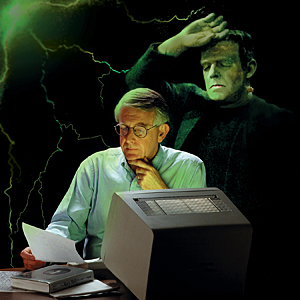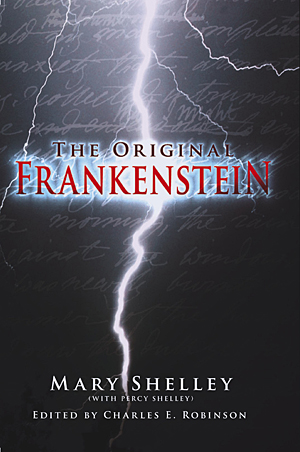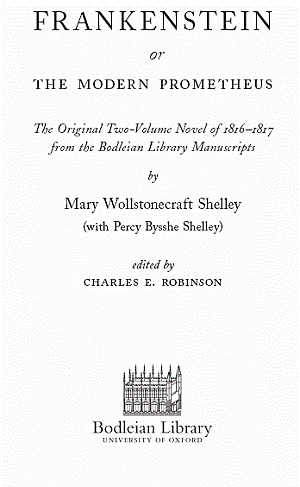
- Rozovsky wins prestigious NSF Early Career Award
- UD students meet alumni, experience 'closing bell' at NYSE
- Newark Police seek assistance in identifying suspects in robbery
- Rivlin says bipartisan budget action, stronger budget rules key to reversing debt
- Stink bugs shouldn't pose problem until late summer
- Gao to honor Placido Domingo in Washington performance
- Adopt-A-Highway project keeps Lewes road clean
- WVUD's Radiothon fundraiser runs April 1-10
- W.D. Snodgrass Symposium to honor Pulitzer winner
- New guide helps cancer patients manage symptoms
- UD in the News, March 25, 2011
- For the Record, March 25, 2011
- Public opinion expert discusses world views of U.S. in Global Agenda series
- Congressional delegation, dean laud Center for Community Research and Service program
- Center for Political Communication sets symposium on politics, entertainment
- Students work to raise funds, awareness of domestic violence
- Equestrian team wins regional championship in Western riding
- Markell, Harker stress importance of agriculture to Delaware's economy
- Carol A. Ammon MBA Case Competition winners announced
- Prof presents blood-clotting studies at Gordon Research Conference
- Sexual Assault Awareness Month events, programs announced
- Stay connected with Sea Grant, CEOE e-newsletter
- A message to UD regarding the tragedy in Japan
- More News >>
- March 31-May 14: REP stages Neil Simon's 'The Good Doctor'
- April 2: Newark plans annual 'wine and dine'
- April 5: Expert perspective on U.S. health care
- April 5: Comedian Ace Guillen to visit Scrounge
- April 6, May 4: School of Nursing sponsors research lecture series
- April 6-May 4: Confucius Institute presents Chinese Film Series on Wednesdays
- April 6: IPCC's Pachauri to discuss sustainable development in DENIN Dialogue Series
- April 7: 'WVUDstock' radiothon concert announced
- April 8: English Language Institute presents 'Arts in Translation'
- April 9: Green and Healthy Living Expo planned at The Bob
- April 9: Center for Political Communication to host Onion editor
- April 10: Alumni Easter Egg-stravaganza planned
- April 11: CDS session to focus on visual assistive technologies
- April 12: T.J. Stiles to speak at UDLA annual dinner
- April 15, 16: Annual UD push lawnmower tune-up scheduled
- April 15, 16: Master Players series presents iMusic 4, China Magpie
- April 15, 16: Delaware Symphony, UD chorus to perform Mahler work
- April 18: Former NFL Coach Bill Cowher featured in UD Speaks
- April 21-24: Sesame Street Live brings Elmo and friends to The Bob
- April 30: Save the date for Ag Day 2011 at UD
- April 30: Symposium to consider 'Frontiers at the Chemistry-Biology Interface'
- April 30-May 1: Relay for Life set at Delaware Field House
- May 4: Delaware Membrane Protein Symposium announced
- May 5: Northwestern University's Leon Keer to deliver Kerr lecture
- May 7: Women's volleyball team to host second annual Spring Fling
- Through May 3: SPPA announces speakers for 10th annual lecture series
- Through May 4: Global Agenda sees U.S. through others' eyes; World Bank president to speak
- Through May 4: 'Research on Race, Ethnicity, Culture' topic of series
- Through May 9: Black American Studies announces lecture series
- Through May 11: 'Challenges in Jewish Culture' lecture series announced
- Through May 11: Area Studies research featured in speaker series
- Through June 5: 'Andy Warhol: Behind the Camera' on view in Old College Gallery
- Through July 15: 'Bodyscapes' on view at Mechanical Hall Gallery
- More What's Happening >>
- UD calendar >>
- Middle States evaluation team on campus April 5
- Phipps named HR Liaison of the Quarter
- Senior wins iPad for participating in assessment study
- April 19: Procurement Services schedules information sessions
- UD Bookstore announces spring break hours
- HealthyU Wellness Program encourages employees to 'Step into Spring'
- April 8-29: Faculty roundtable series considers student engagement
- GRE is changing; learn more at April 15 info session
- April 30: UD Evening with Blue Rocks set for employees
- Morris Library to be open 24/7 during final exams
- More Campus FYI >>
4:30 p.m., Oct. 21, 2008----The month that marks the real beginning of the fall season and ends with the popular feast of All Hallows Eve, or Halloween, also is proving to be a busy time for Charles Robinson, UD professor of English.
For starters, there is the publication this month of The Original Frankenstein, by Mary Shelley with Percy Shelley, of which Robinson is the editor and author of the introduction of the work published by Bodleian Library at the University of Oxford.
Robinson also served as editor and enhancer for the Penguin Classics Maurice Hindle e-book version of Frankenstein by Mary Shelley, available from Penguin Classics in October.
To launch the publication of The Original Frankenstein, Robinson delivered a lecture in the presence of the original Frankenstein manuscripts at the New Bodleian Library on Oct 7. Events at the Bodleian also included a lecture by noted science fiction writer Brian Aldiss, author of Frankenstein Unbound.
“Two years ago I was asked to do a draft, which led to an invitation to edit the Frankenstein notebooks,” Robinson said. “This led to The Original Frankenstein, which contains the version edited and amended by Mary's husband, the poet Percy Shelley, and a second version in which nearly as many as possible of the changes made by Percy were removed.”
In his introduction to The Original Frankenstein, Robinson said that, “a comparison of the two versions...shows that Percy deleted many words...and that he contributed at least 4,000 to 5,000 words to this 72,000-word novel.”
Despite this significant contribution, Robinson noted that the manuscript evidence in the surviving pages of the draft and fair copy-- clean copy of the corrected manuscript--attest to the fact that the novel was conceived and mainly written by Mary Shelley
Robinson said it was important to be able to examine the manuscript and fair copy documents to obtain a more accurate critical perspective on the novel that was first drafted during the summer of 1816 in Geneva. Three principal versions of the novel were published in 1818, 1823 and 1831, the later being the one reprinted for the remainder of the 19th and most of the 20th centuries.
“Knowing that errors will creep in, editors have to be painstakingly accurate,” Robinson said. “You are trying to present the best text for the general reader as for the specialists. Getting this right is the editor's responsibility.”
The enduring popularity of Mary Shelley's monster, Robinson said, results from the quality of the book and the effects of Hollywood on the popular imagination.
“The novel subsumes the basic Western myths about the consequences of the pursuit of knowledge,” Robinson said. “It's a short novel, and states the murder as fact, and with its simplicity and clarity, there is a fable-like quality to the narrative. It's also about cautionary science, revolutionary theories, family dynamics and responsibility to one's children.”
Working on the manuscripts and lecturing in the Bodleian is all the more meaningful, Robinson said, because Mary and Percy Shelley apparently visited the same Clarendon Building in 1815 during their excursion, and moreover, even Victor Frankenstein and Henry Clerval visited the same building in the novel.
“By inspecting each leaf of the manuscript, and by attending to torn edges and glue residue, ink blots, pin holes, water marks and other minutiae, [Dr. Bruce C.] Barker-Benfield [senior assistant librarian at the Department of Special Collections and Western Manuscripts at the Bodleian Library] and I reconstructed the disbound pages of Mary Shelley's notebooks and discovered the process by which she created her novel,” Robinson said. “Here, in the Clarendon Building, the library became a laboratory, and the 'hideous progeny' of Mary Shelley's Frankenstein once again came to life.”
For the Frankenstein e-book to be published by Penguin Classics on Halloween, Robinson contributed 100 pages of enhancements, including a filmography and paragraphs about movies ranging from the 13-minute 1910 silent black-and-white version directed by J. Searle Dawley for Thomas Edison, to the 2004 American color film Frankenstein directed by Kevin Connor. Robinson's contributions to the e-book also include new footnotes, illustrations of Mary Shelley, her circle, environs, images of the monster and an appendix that includes Plato's Symposium.
Besides working on two new versions of Frankenstein, Robinson has contributed to two other books published this year.
Robinson coedited, with Bernard Beatty and Anthony Howe, Liberty and the Poetic Licence: New Essays on Byron, which was released in September by the University of Liverpool Press, The book explores both the prose and poetry of George Gordon, Lord Byron, from his earliest works to those of his fullest development.
Robinson also contributed the foreword to Byron: Heritage and Legacy, edited by UD alum Cheryl A. Wilson, with Bernard Beatty. Published by Palgrave/Macmillian, the book features essays Robinson selected for the 2001 Byron Conference, a three-city, 10-day event that concluded with four days of scholarly presentations at UD.
“For the last two years I have been extraordinarily busy,” Robinson said. “All of this would not have been possible without a full year's sabbatical from the University.”
The Original Frankenstein, not yet available in the USA, may be ordered online from [www.bodleianbookshop.co.uk].
Article by Jerry Rhodes




